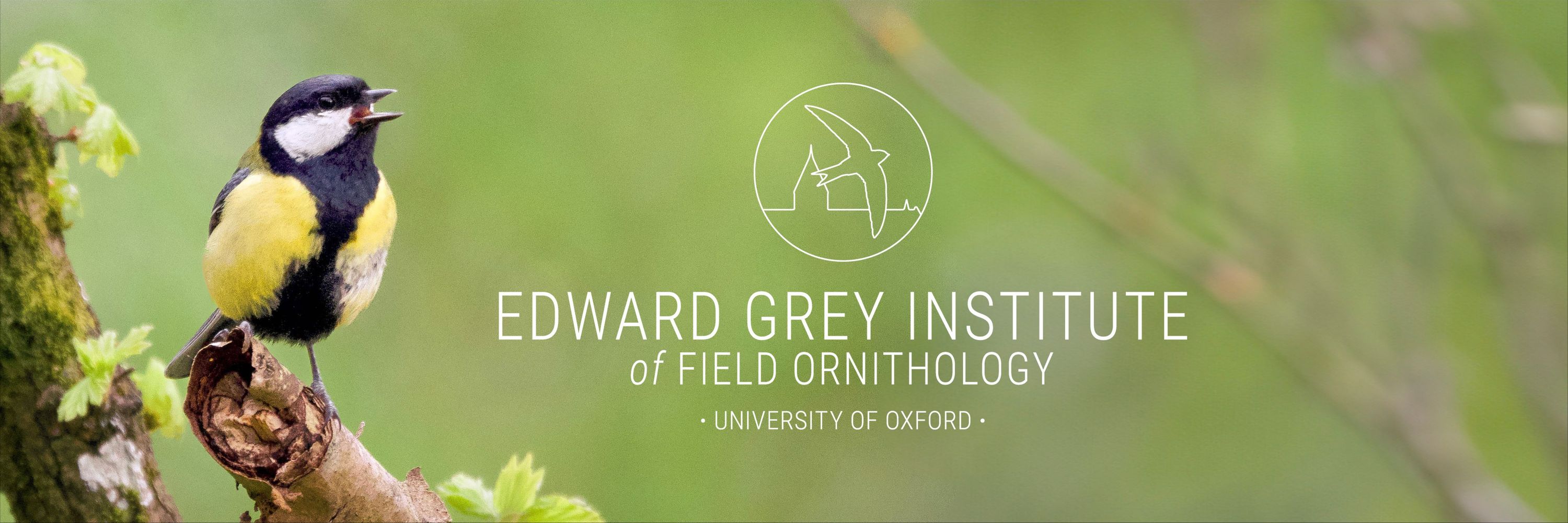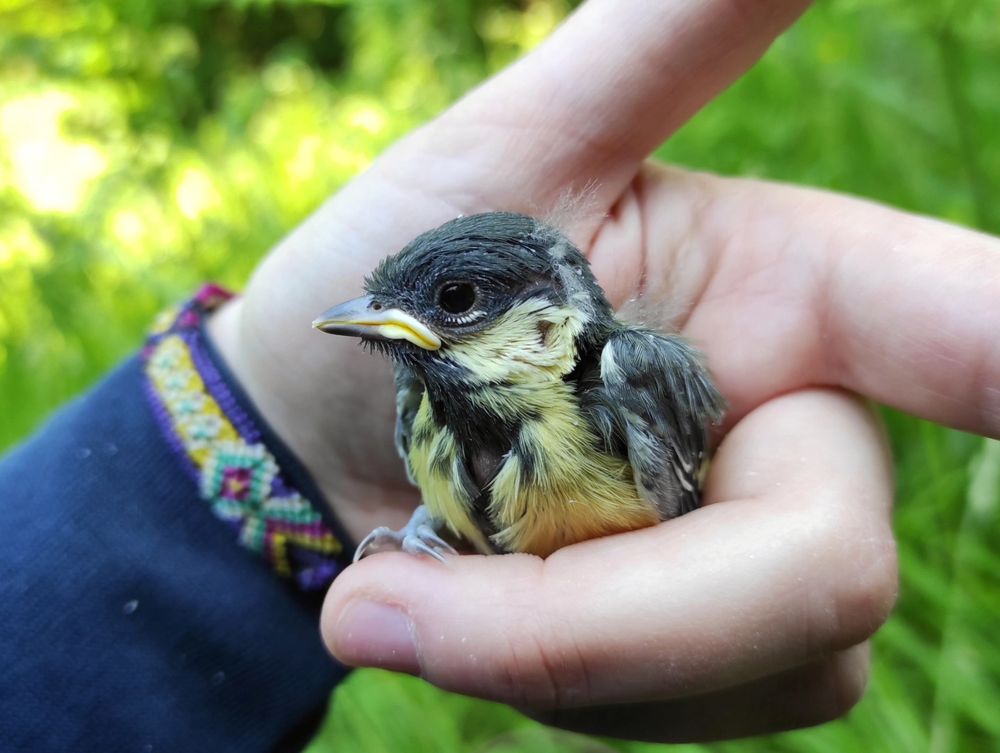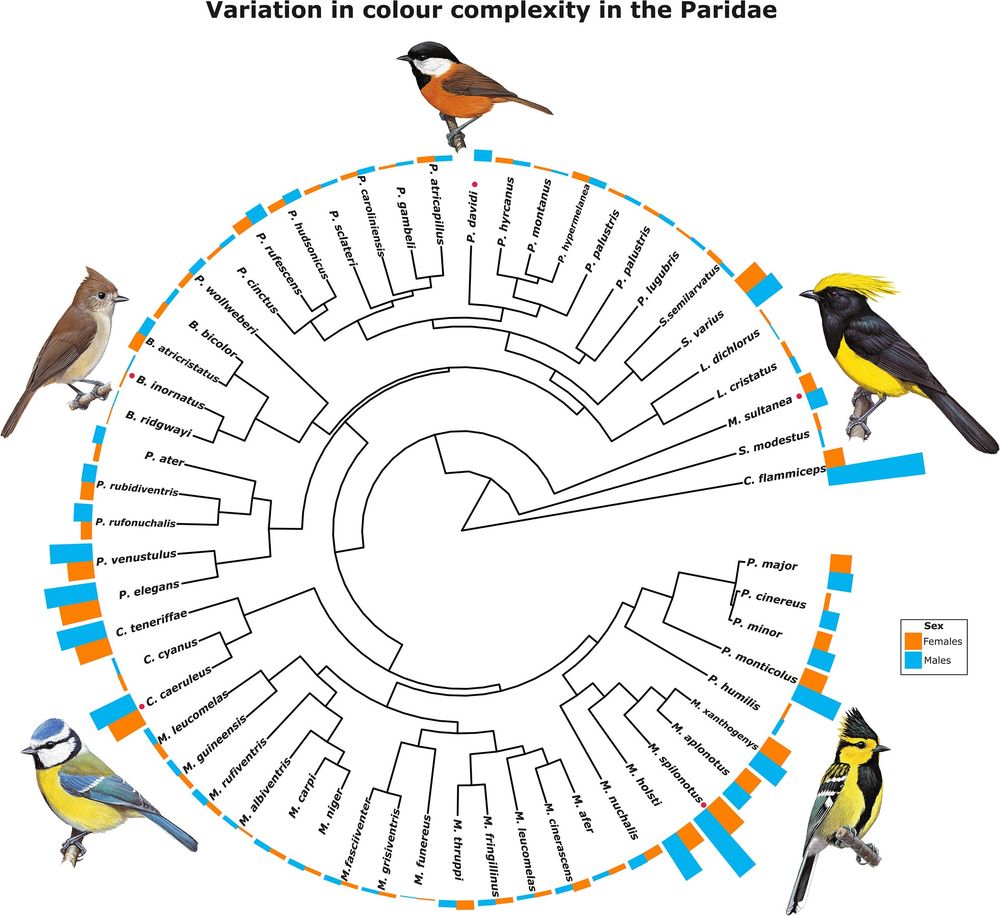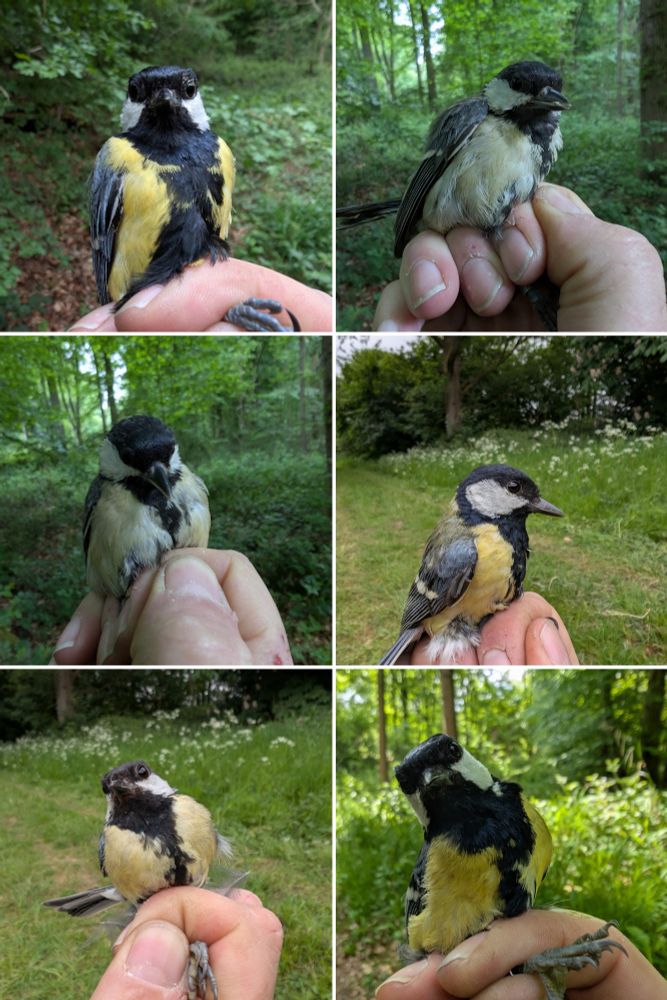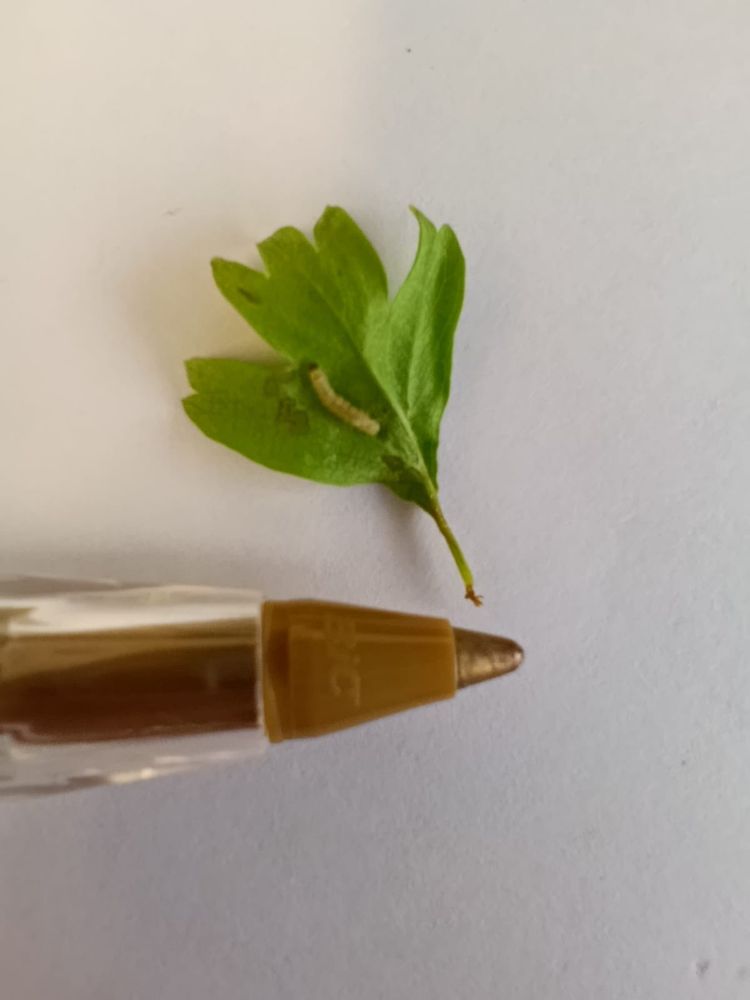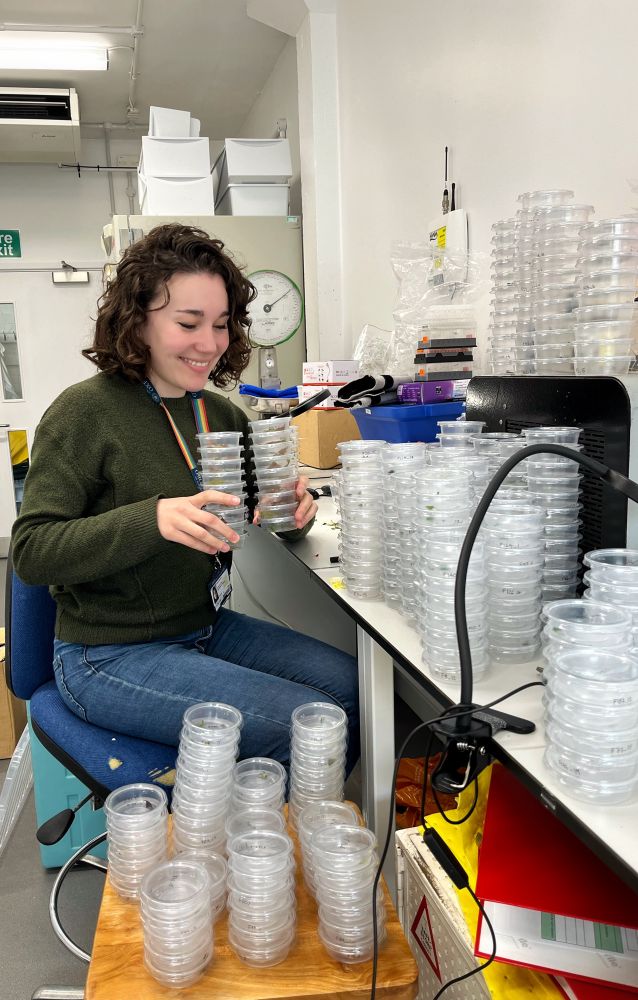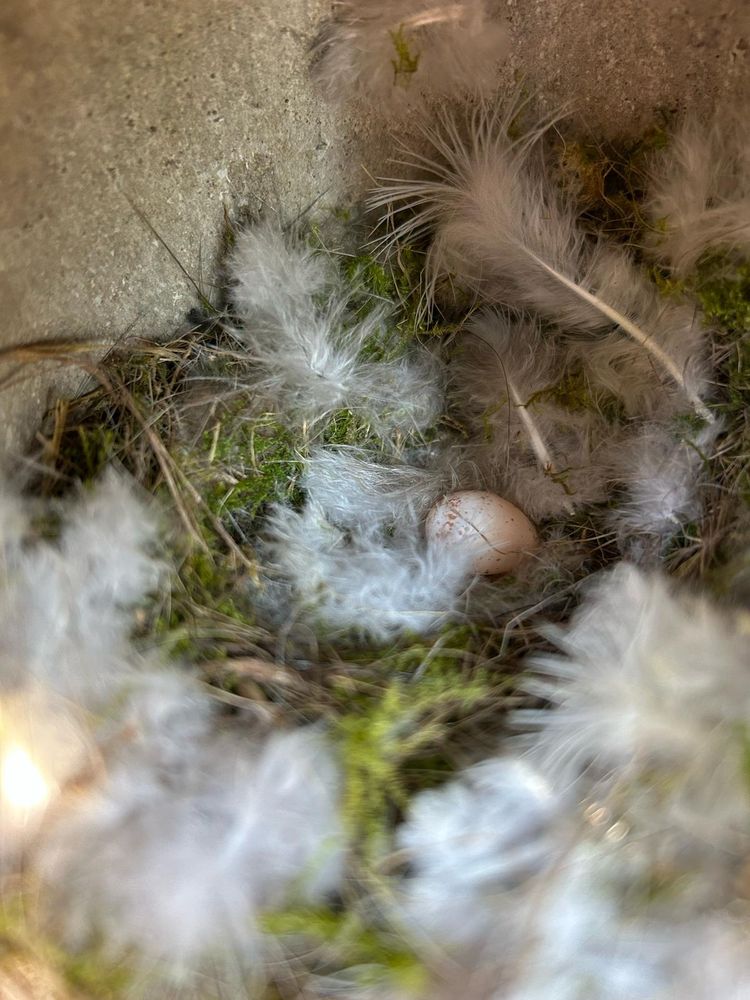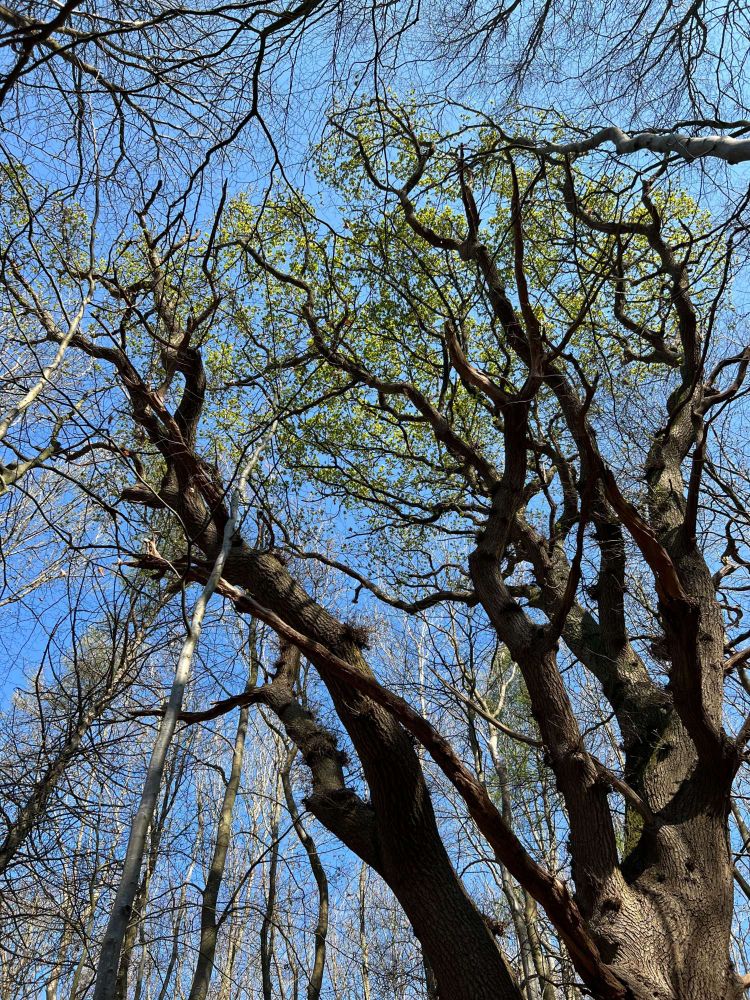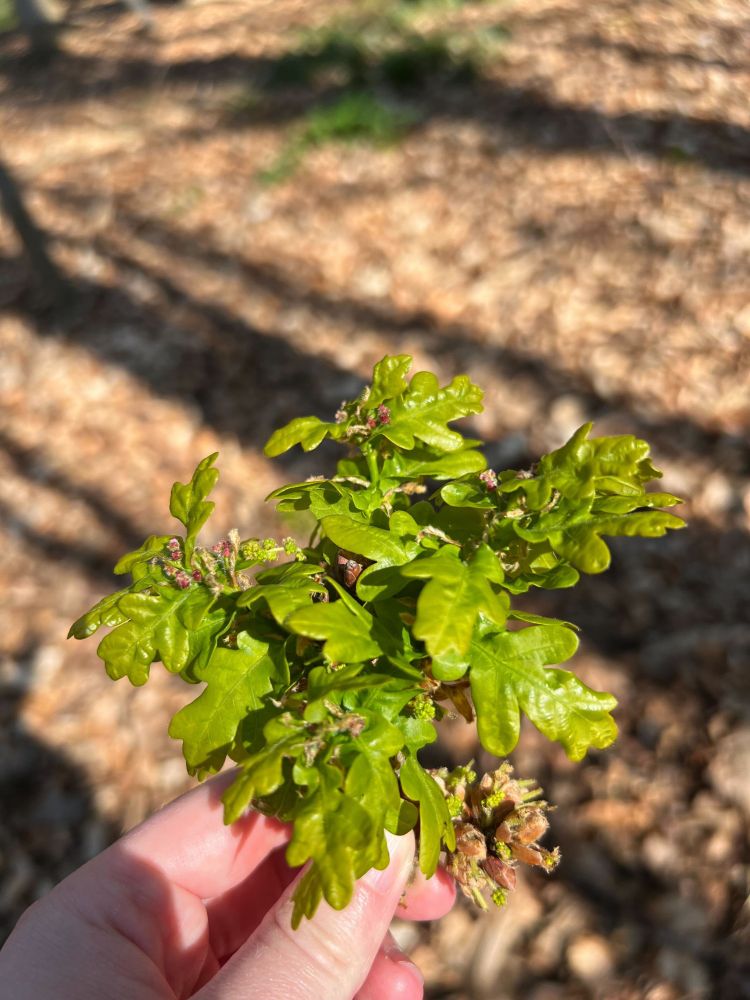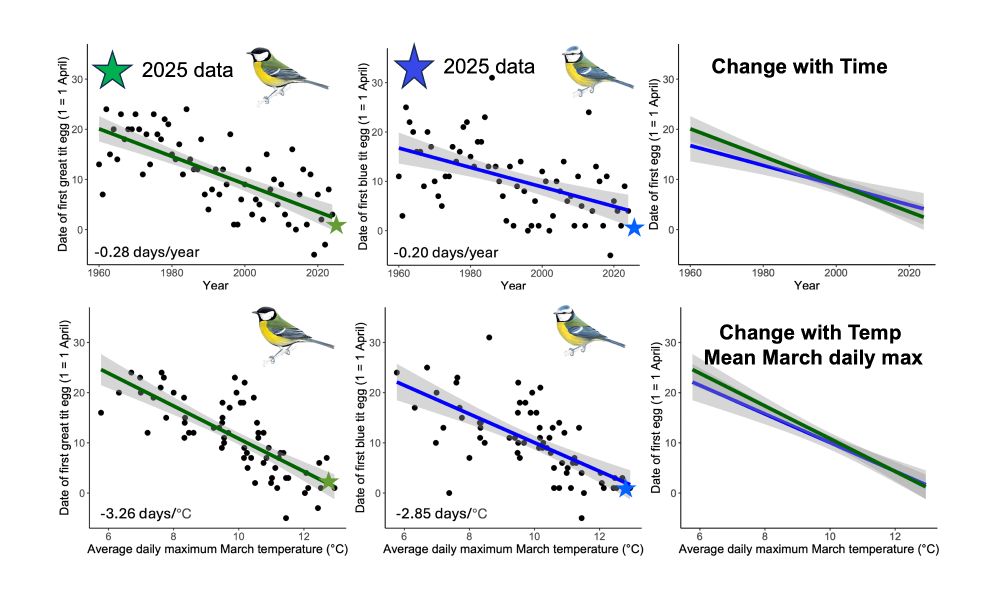Edward Grey Institute
@egioxford.bsky.social
270 followers
56 following
15 posts
Research Institute in Dept of Biology at University of Oxford studying all aspects of Behaviour, Ecology and Evolution of Birds in natural environments. Follow us for updates on science, seminars, jobs & field projects: https://egioxford.web.ox.ac.uk/
Posts
Media
Videos
Starter Packs
Reposted by Edward Grey Institute
University of Oxford
@ox.ac.uk
· Jun 2
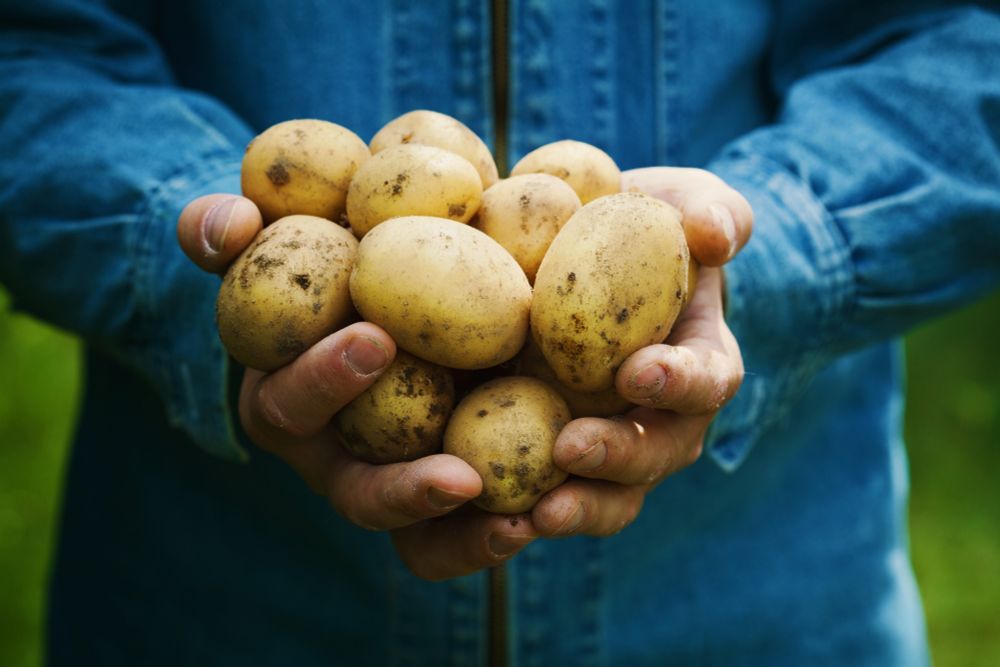
New ARIA award will aim to deliver a revolution in sustainable
Researchers in the University of Oxford’s Department of Biology and Wild Bioscience Ltd are to receive backing of a £6.7 million grant from the Advanced Research and Invention Agency (ARIA) to
www.ox.ac.uk
Reposted by Edward Grey Institute
Reposted by Edward Grey Institute
Reposted by Edward Grey Institute
Reposted by Edward Grey Institute
